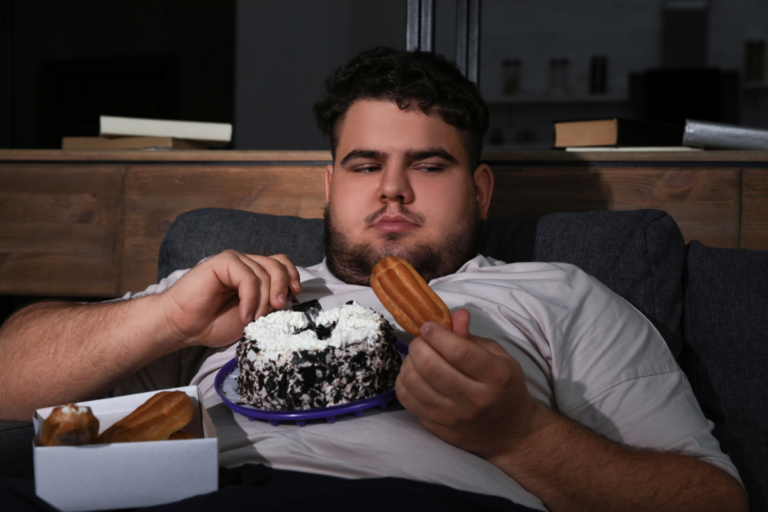
Some sadness feels like a season that comes and goes. Persistent Depressive Disorder (PDD)/Dysthymia feels different — more like a low cloud that never quite lifts. It’s quieter than the sudden plunge of major depression, but because it lingers, it can quietly erode energy, motivation, and the small joys that make life feel worth living. It’s often the person closest to the struggle who notices first: a tired partner, a child who withdraws, or the grown-up who has learned to “get by” and assumes that’s all they can do.
What is Persistent Depressive Disorder (PDD)?
Persistent Depressive Disorder — also historically called dysthymia — is a chronic form of depression. Clinically, it’s defined by a depressed mood for most of the day, on more days than not, lasting at least two years in adults (one year in children and adolescents). The symptoms are often less intense than those of major depressive disorder (MDD), but their durability makes them disabling in a different way: they wear people down over months and years rather than striking quickly and severely.
What are Persistent Depressive Disorder Symptoms?
PDD’s day-to-day features can look deceptively ordinary — fatigue, low energy, poor concentration — but together they create a pattern that’s persistent and impairing. Common symptoms include:
- Ongoing low or sad mood, often described as a “gray” feeling.
- Low energy or chronic fatigue.
- Poor concentration or difficulty making decisions.
- Changes in appetite (eating more or less) and sleep problems (insomnia or oversleeping).
- Low self-esteem, feelings of hopelessness, or a sense that life lacks meaning.
- Reduced interest in activities once enjoyed — not the dramatic loss you might see in MDD, but a steady, long-term pulling away.
Because these symptoms are milder and long-standing, people — and clinicians — sometimes normalize them, especially when they begin in adolescence or young adulthood. That normalization is part of what makes PDD “unseen.”

Major Depressive Disorder vs Persistent Depressive Disorder
How do we tell PDD and MDD apart? A few practical differences help:
- Duration. MDD is episodic; episodes typically meet a two-week minimum of markedly severe symptoms. PDD is chronic — most days for two years or longer in adults (one year for kids).
- Intensity vs persistence. MDD often includes more severe symptoms (marked loss of interest, suicidal thoughts, psychomotor changes). PDD symptoms may be less intense but much longer-lasting.
- “Double depression.” Some people with PDD will develop an episode of MDD on top of their chronic symptoms — a situation clinicians call “double depression,” which tends to carry greater functional impairment and risk than either condition alone.
Asking whether low mood is episodic or persistent — and how long the pattern has been present — is one of the clearest ways to start making this distinction.
Treatment Strategies for Persistent Depressive Disorder
PDD often responds best to a multimodal approach: psychotherapy, medication when appropriate, lifestyle supports, and long-term follow-up. Because the condition is chronic, treatment plans often emphasize relapse prevention and functional recovery rather than short-term symptom fixes. Key components:

1. Evidence-based Psychotherapy
Cognitive-behavioral therapy (CBT), interpersonal therapy (IPT), and therapies focused on relapse prevention (like mindfulness-based cognitive therapy) have the strongest evidence for chronic depressive symptoms. Psychotherapy helps people change long-standing thought and behavior patterns, improve problem-solving, and rebuild activities that bring meaning.
2. Medication When Indicated
Antidepressant medications — particularly SSRIs or SNRIs — may be recommended, especially when symptoms are moderate-to-severe or when psychotherapy alone hasn’t been enough. Medication decisions should be individualized, weighing benefits, side effects, and past response to treatments. For many with PDD, combination treatment (therapy + medication) improves outcomes.
3. Lifestyle and Routine Interventions
Improving sleep, regular physical activity, structured daily routines, and social connection are low-risk but powerful supports for mood stability. Because PDD involves long-standing withdrawal, treatment often includes behavioral activation — intentionally reintroducing activities that can restore interest and pleasure.
4. Long-Term Monitoring and Relapse Prevention
PDD’s chronic nature means relapse is a real risk. Ongoing follow-up, booster therapy sessions, and clear plans for early signs of worsening (a mood “relapse plan”) help prevent small dips from becoming extended crises. Mindfulness and preventive therapies can reduce recurrence.
Final Thoughts
Persistent Depressive Disorder can be quiet, enduring, and easy to overlook — but it is not untreatable. Small changes add up: tracking mood, reaching out for therapy, discussing medication openly with a clinician, and rebuilding daily routines can steer someone back toward stability. If you recognize this pattern in yourself or someone you care about, that recognition is the first step toward change. Reach out to a mental health professional who understands chronic mood conditions, and ask about long-term treatment plans that match the slow, steady nature of PDD.
Responsibly edited by AI
Other Blog Posts in
Animo Sano Psychiatry is open for patients in North Carolina, Georgia and Tennessee. If you’d like to schedule an appointment, please contact us.
Get Access to Behavioral Health Care
Let’s take your first step towards. Press the button to get started. We’ll be back to you as soon as possible.ecovery, together.





